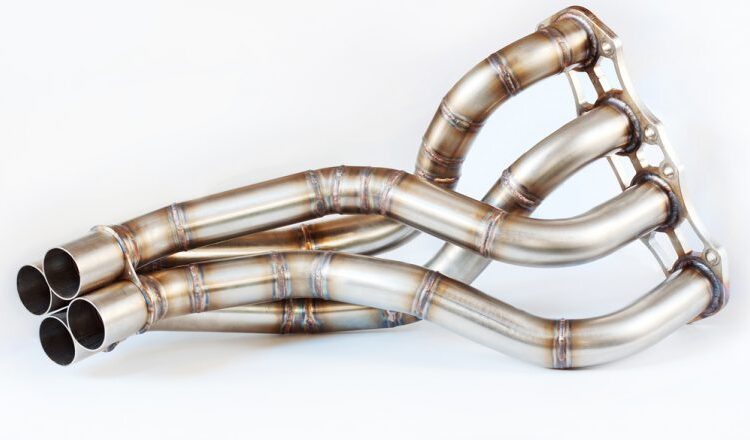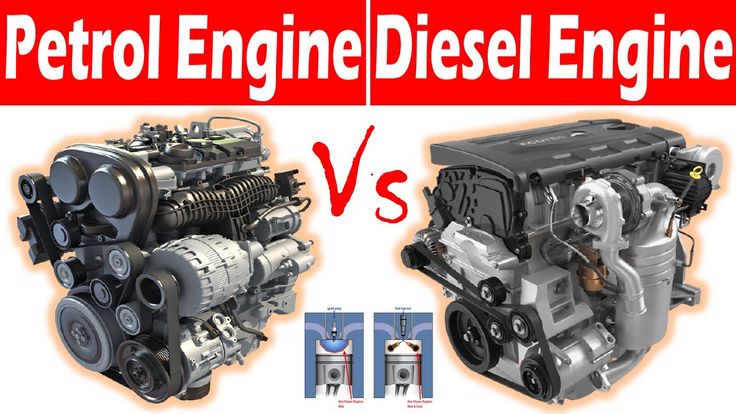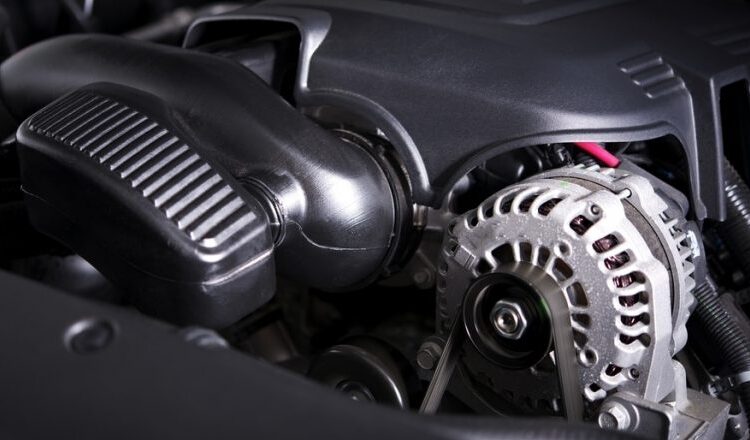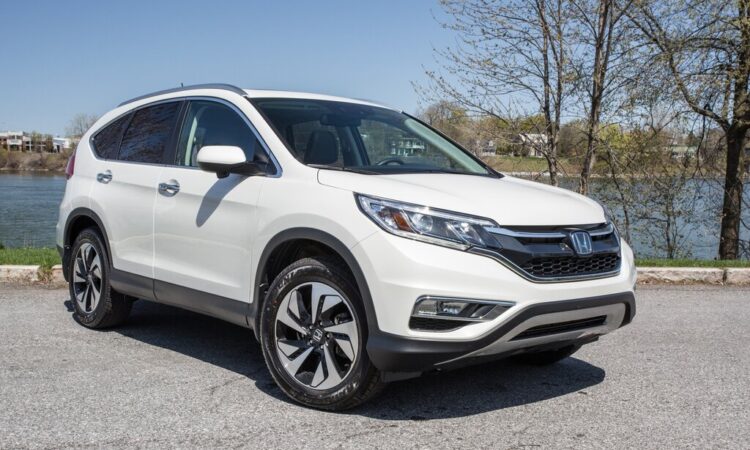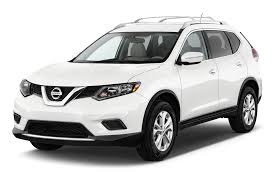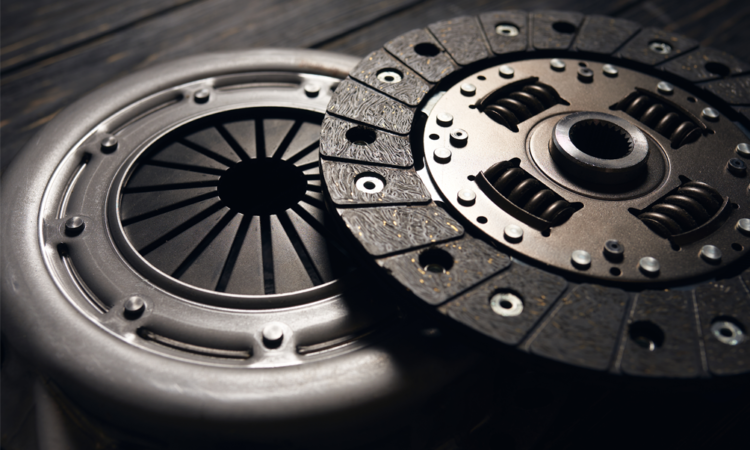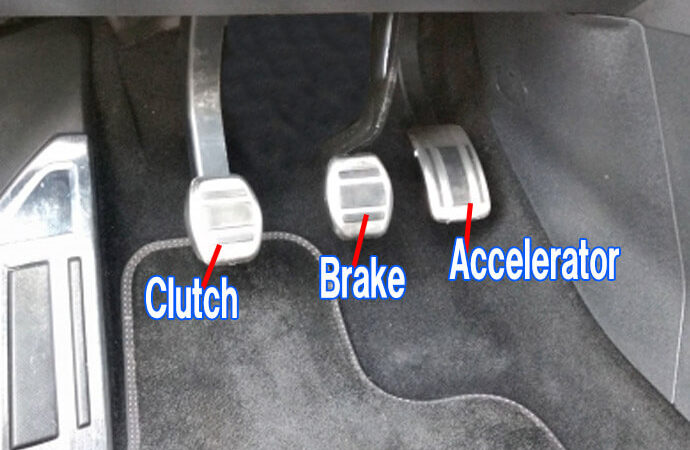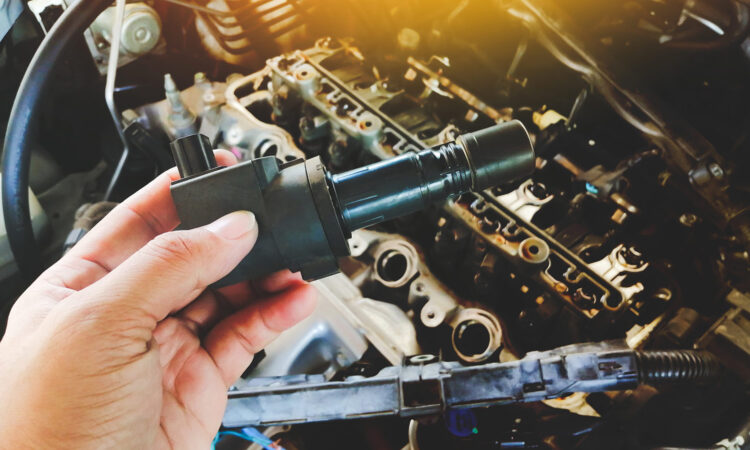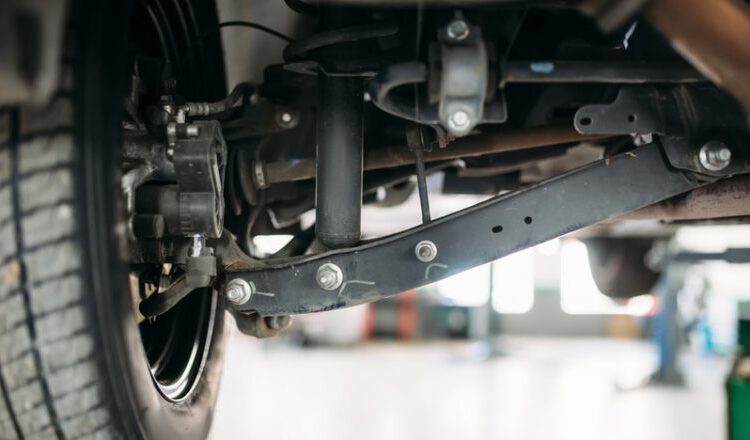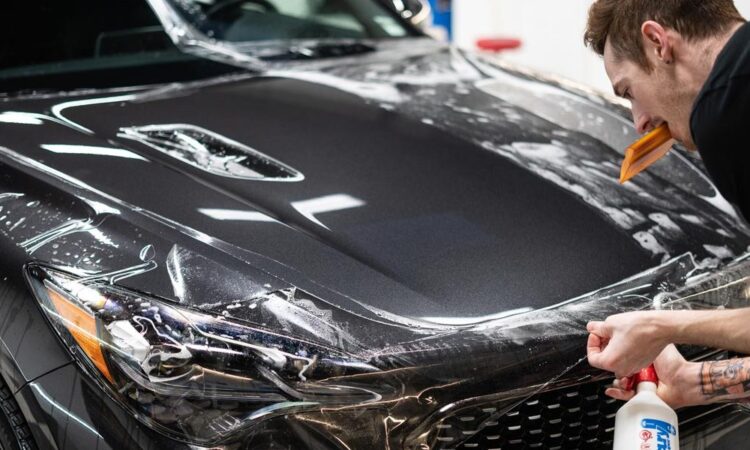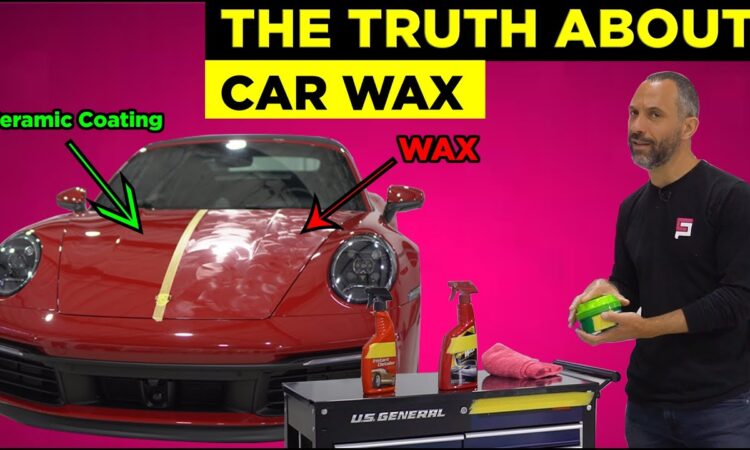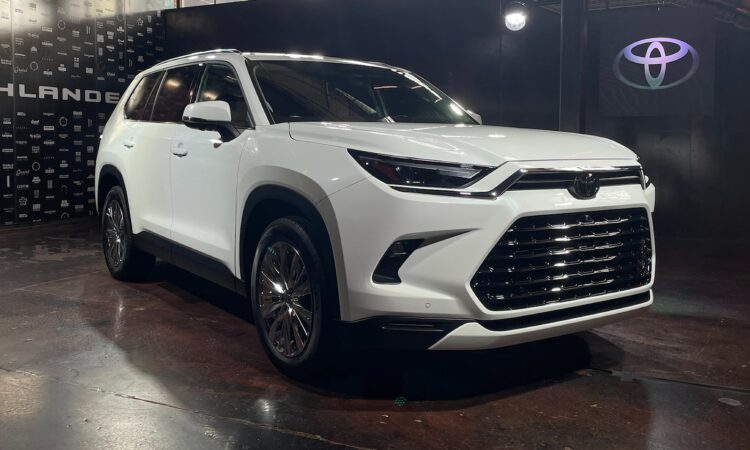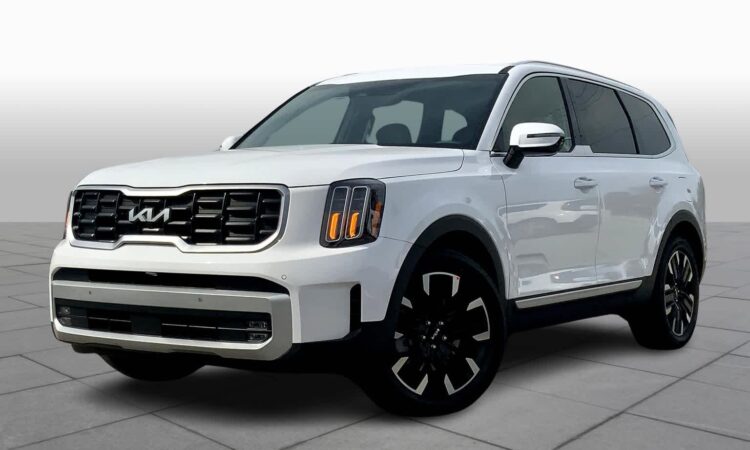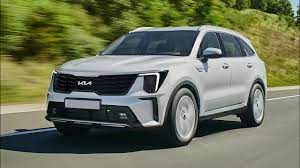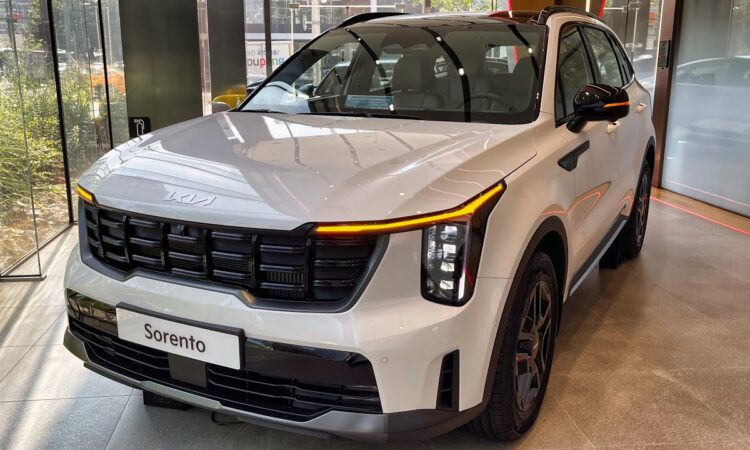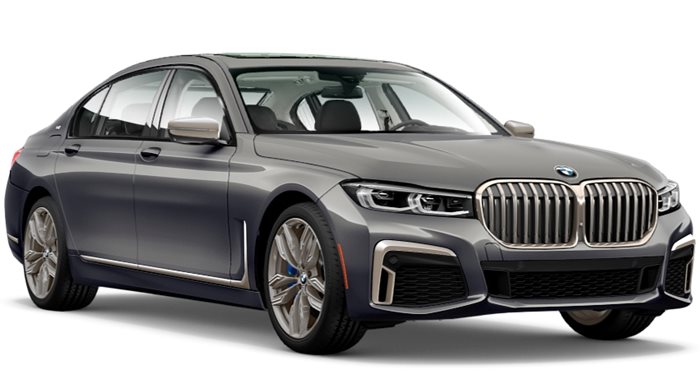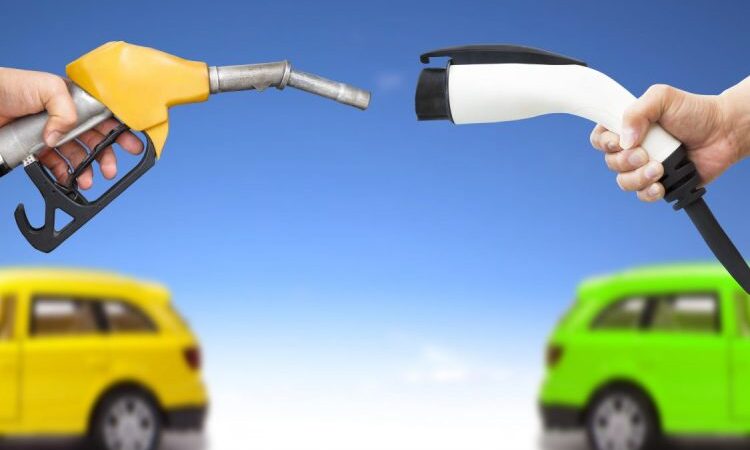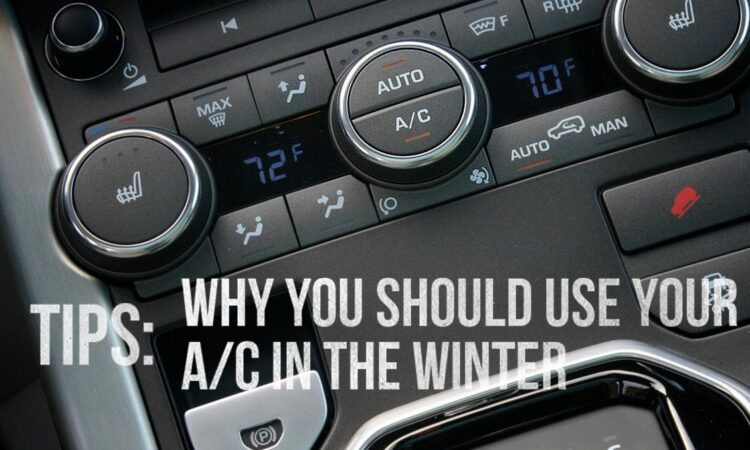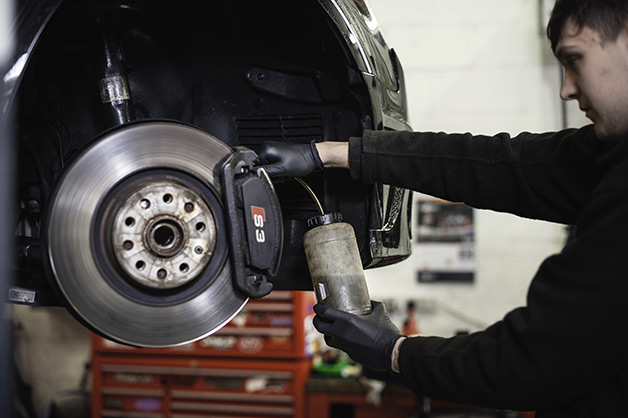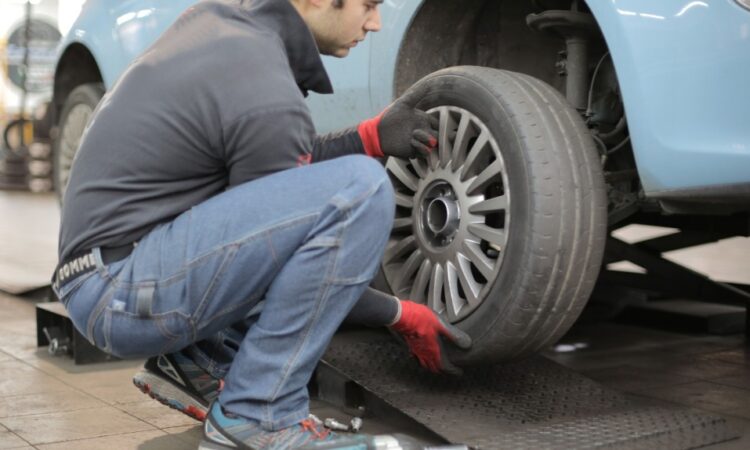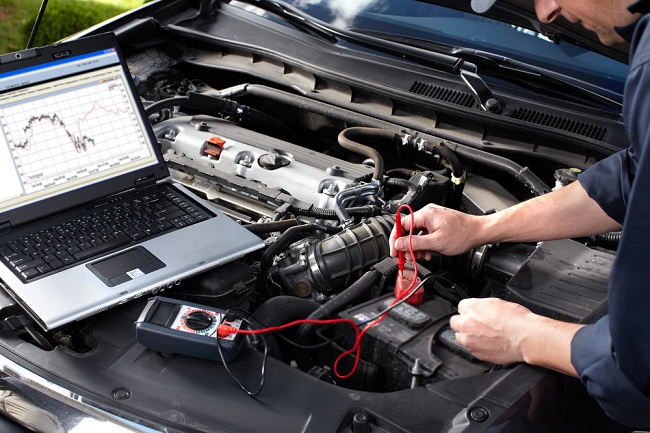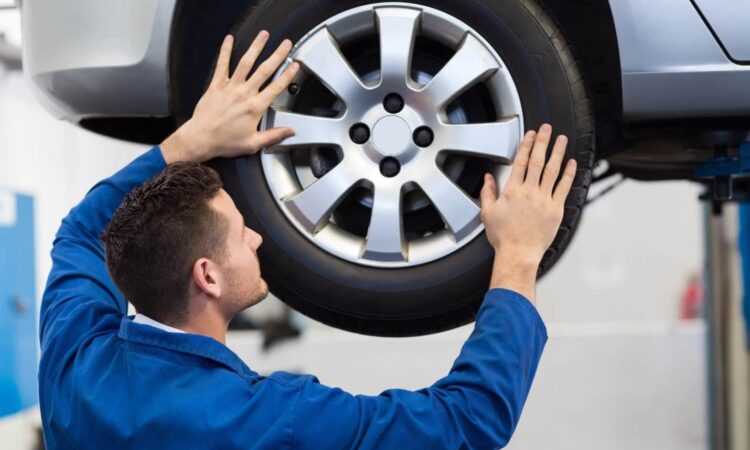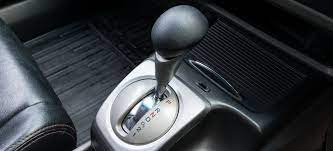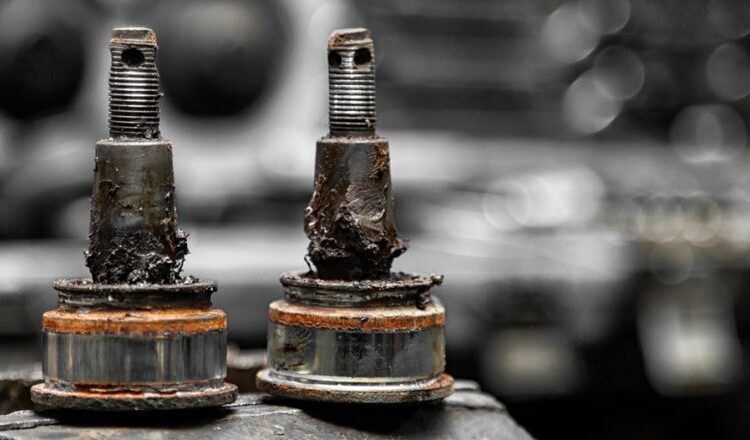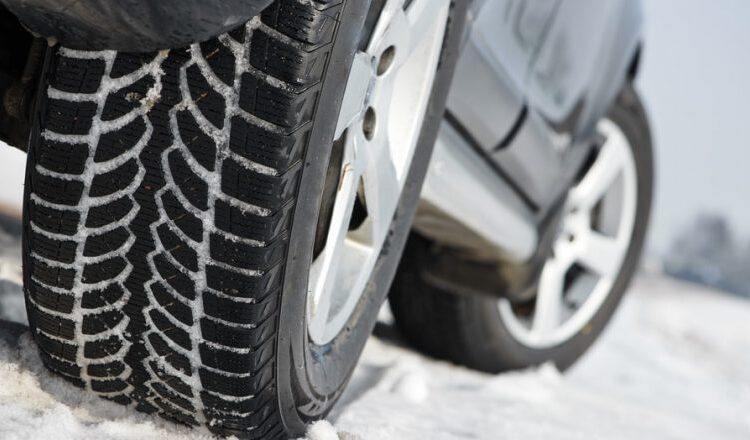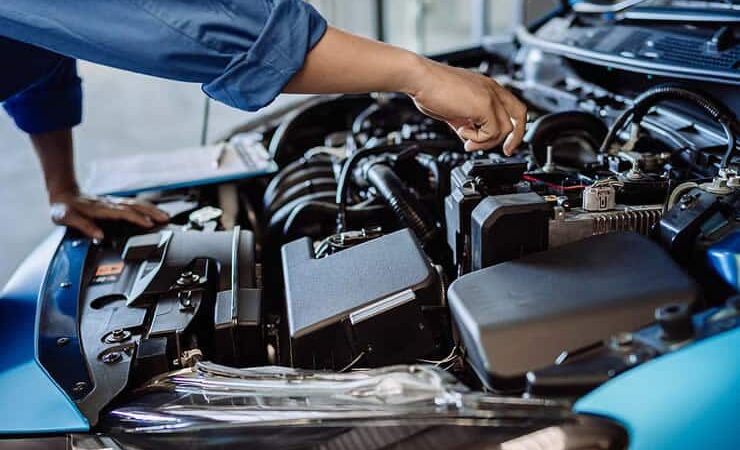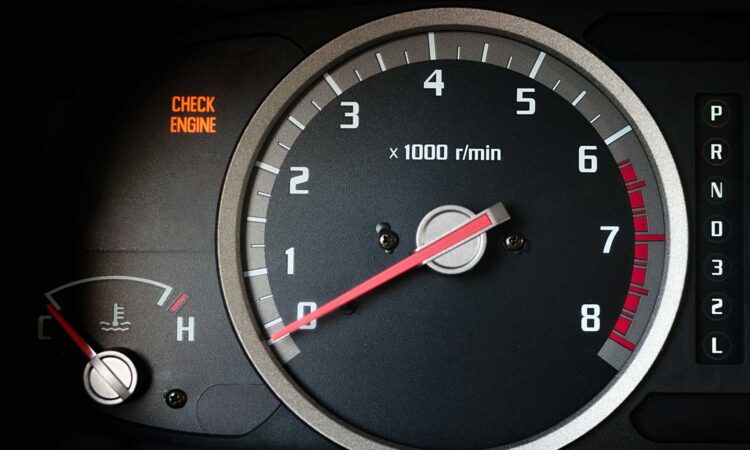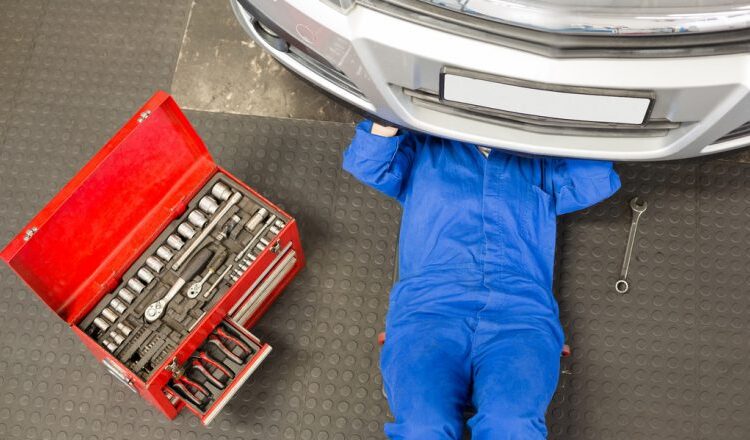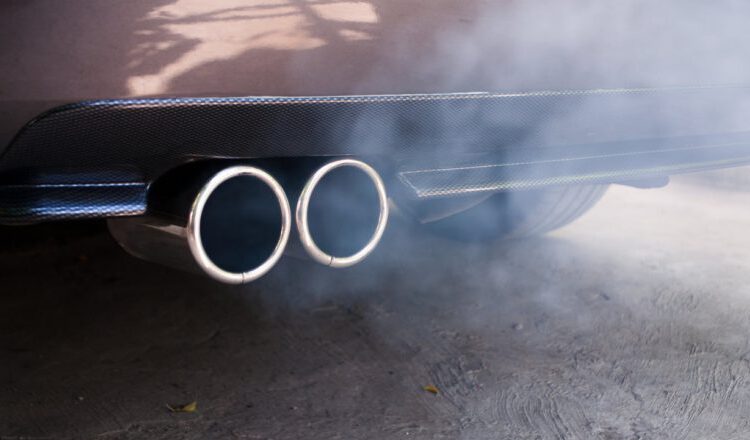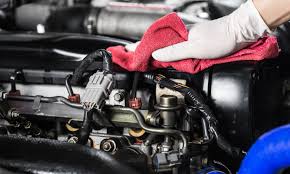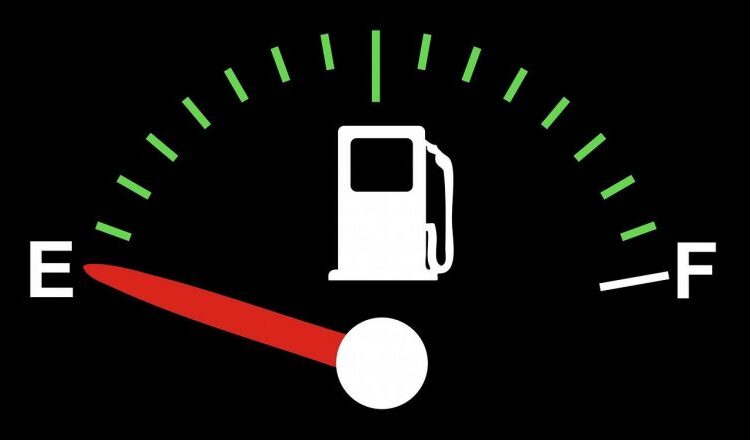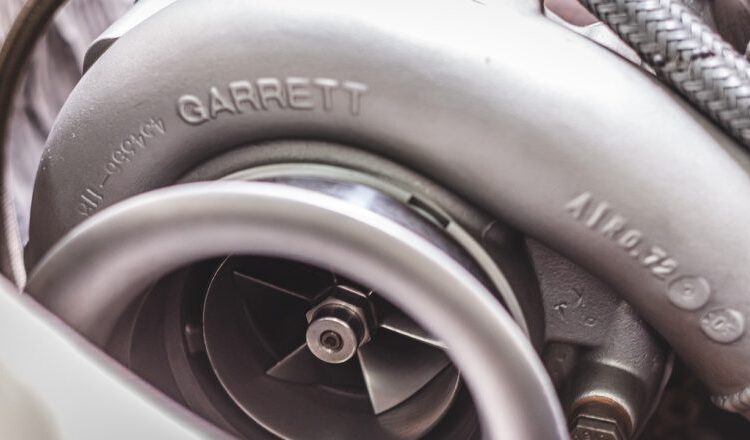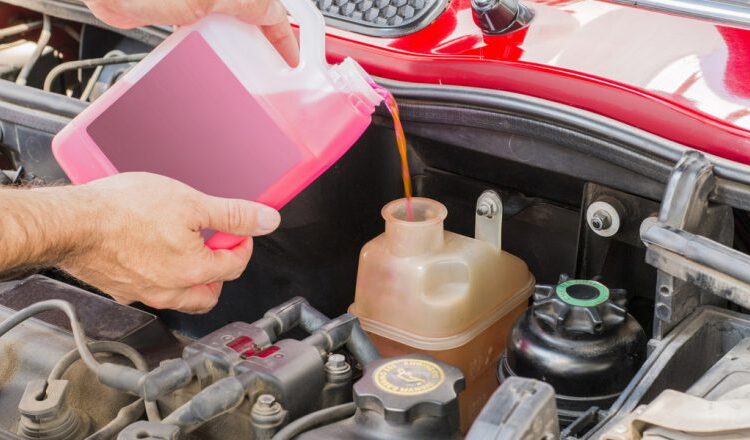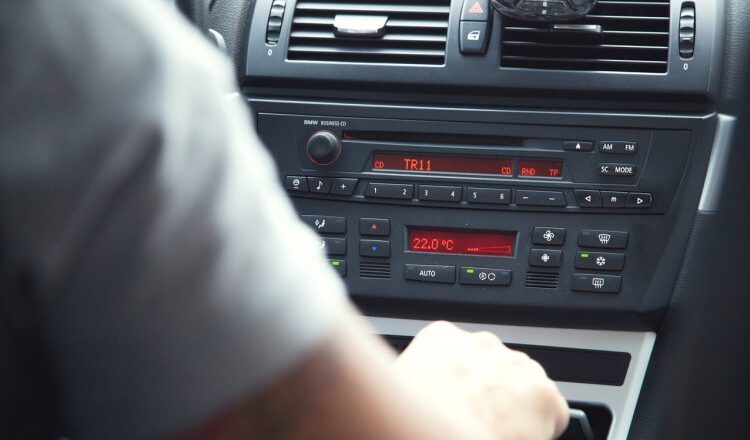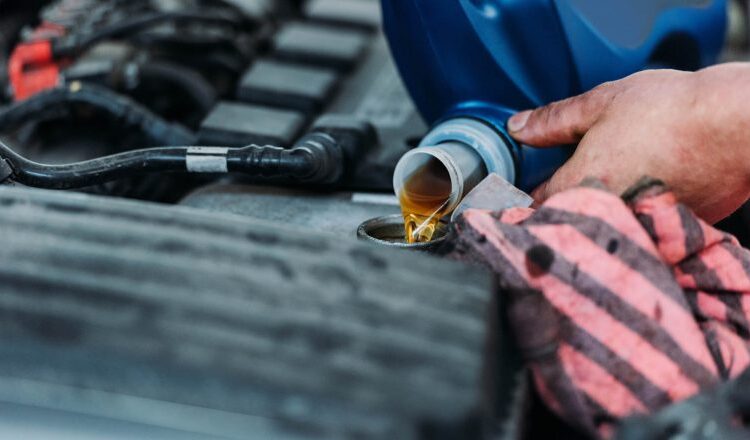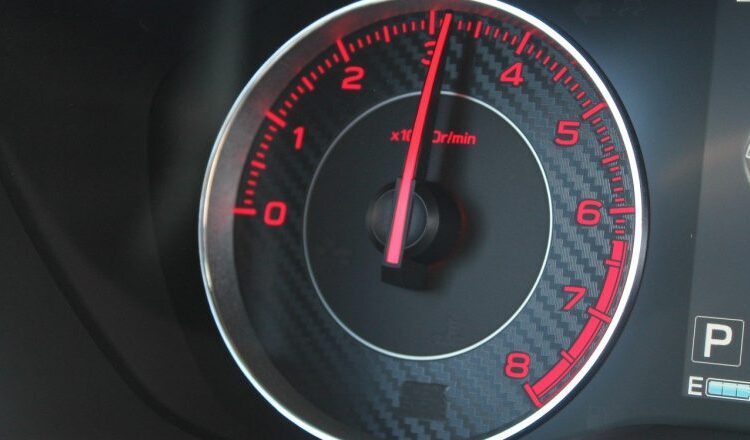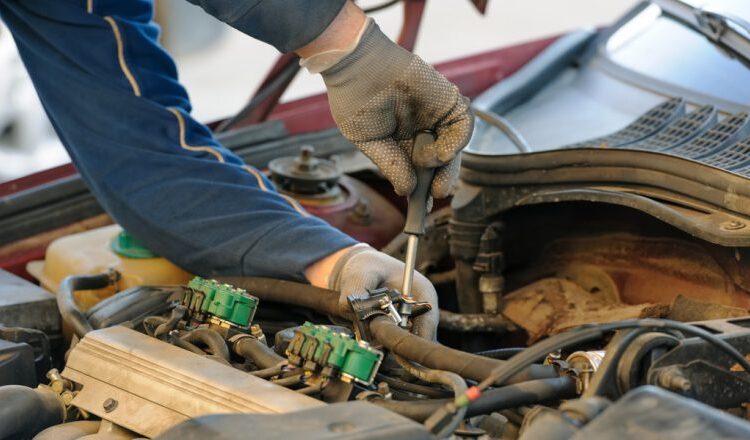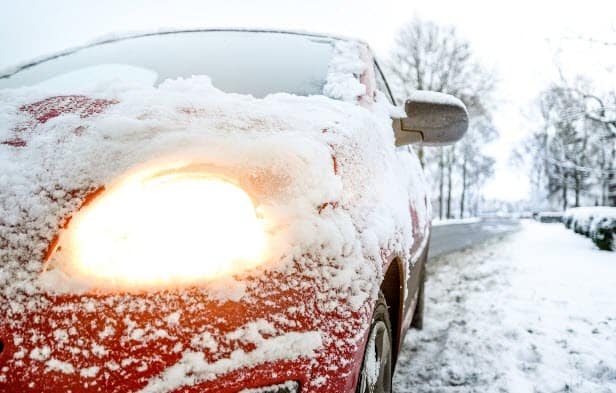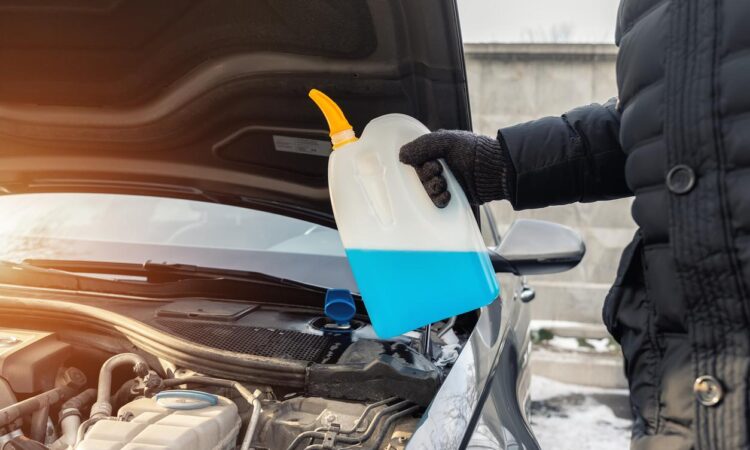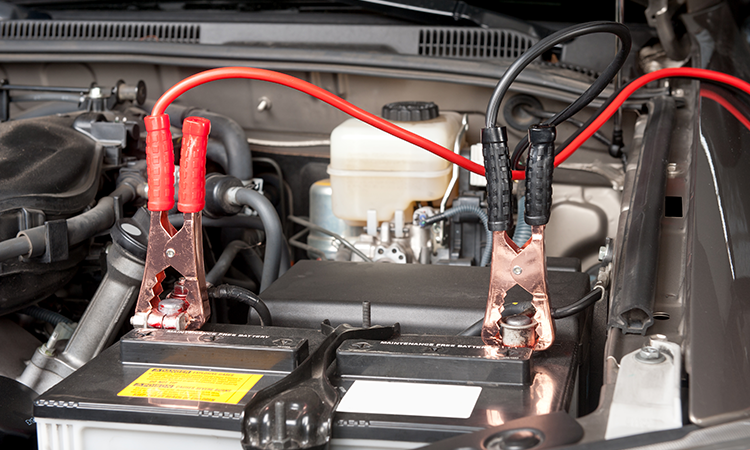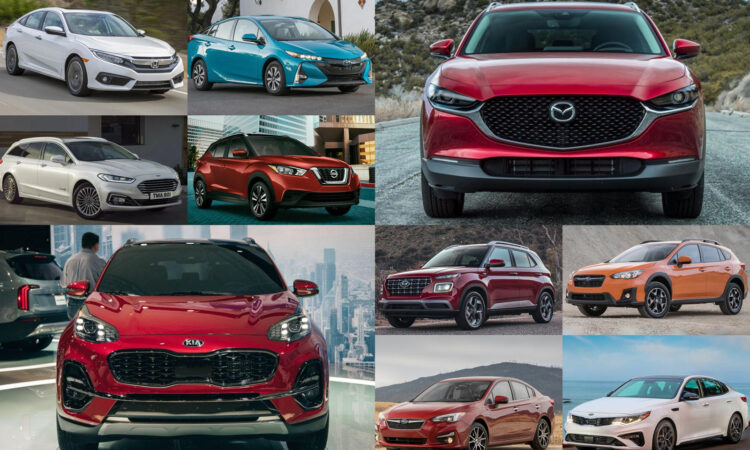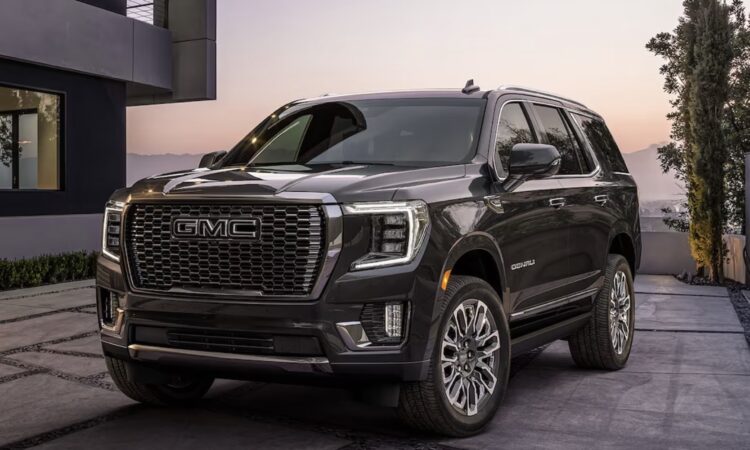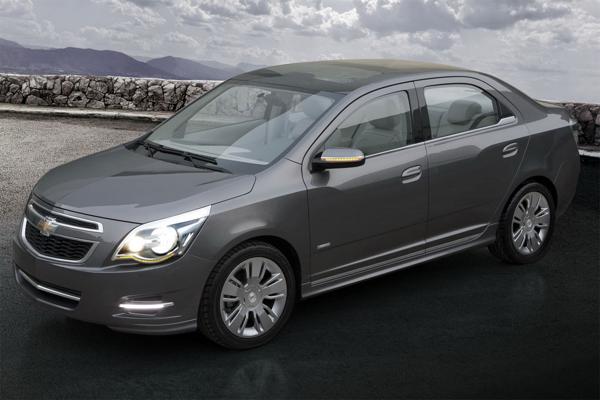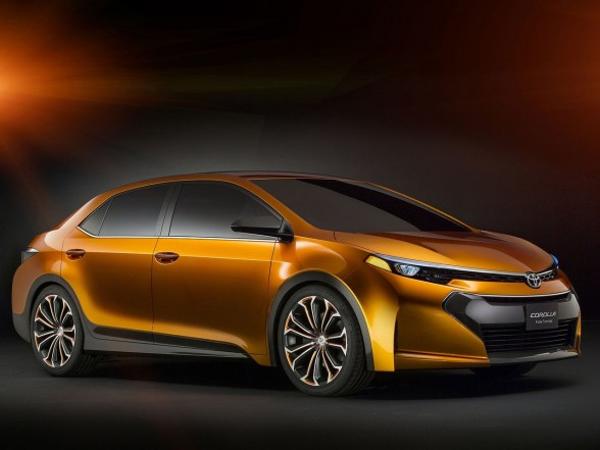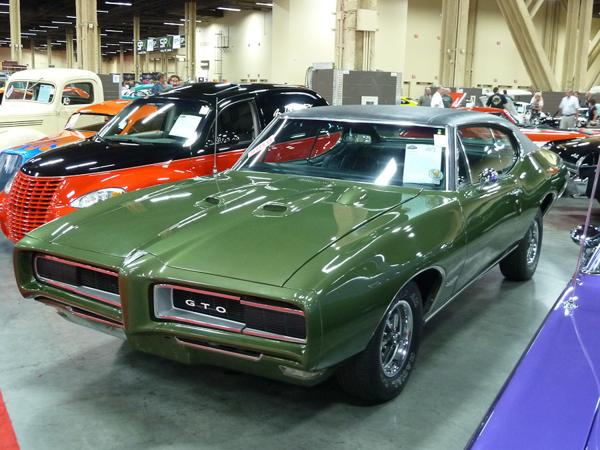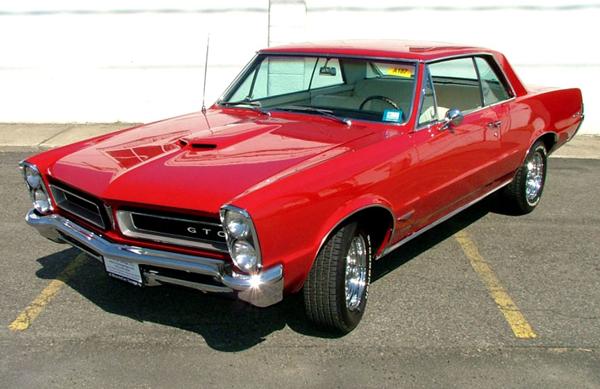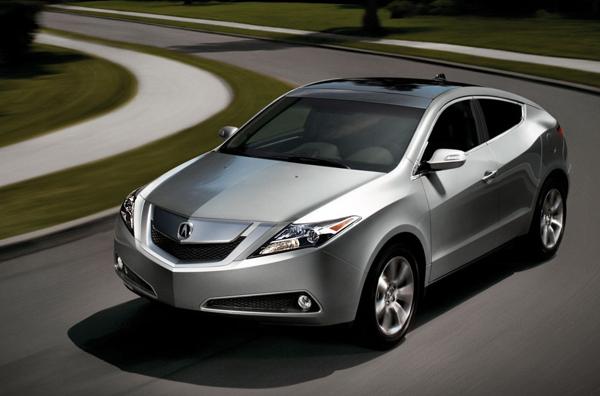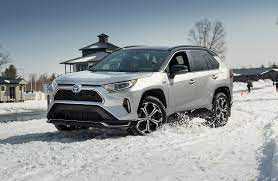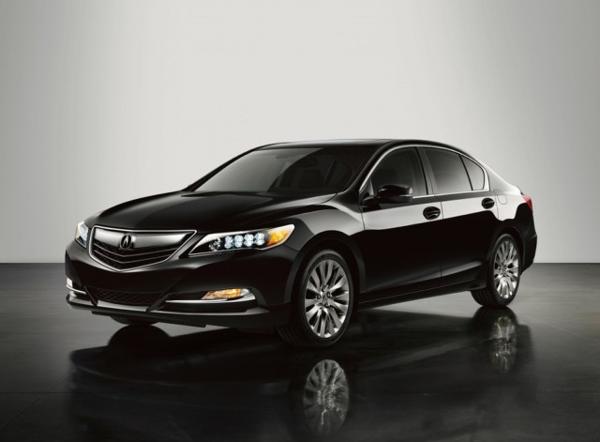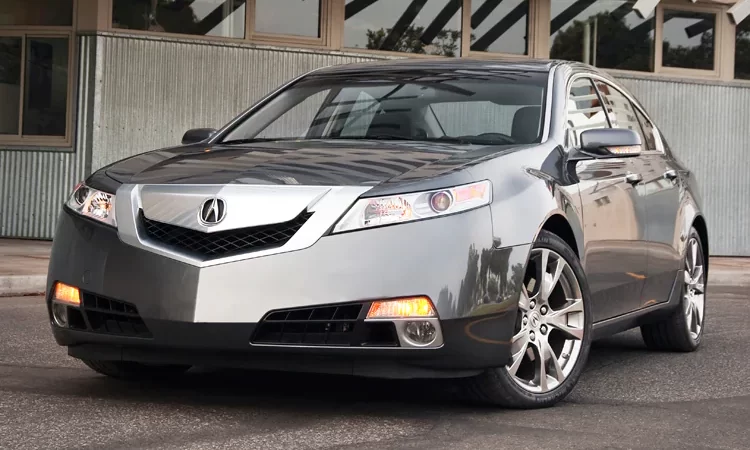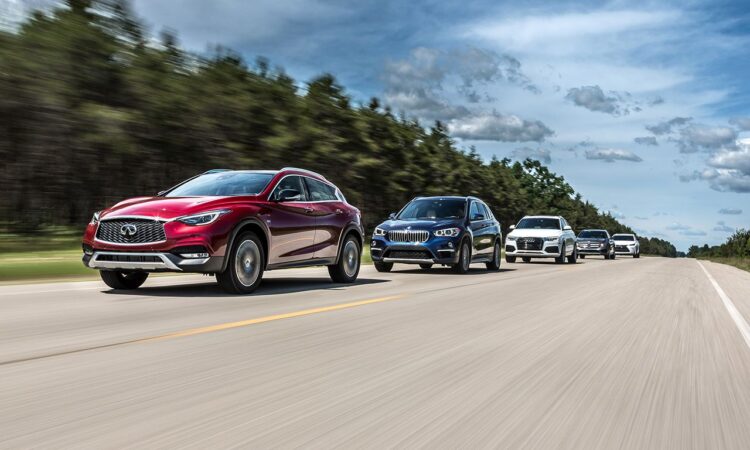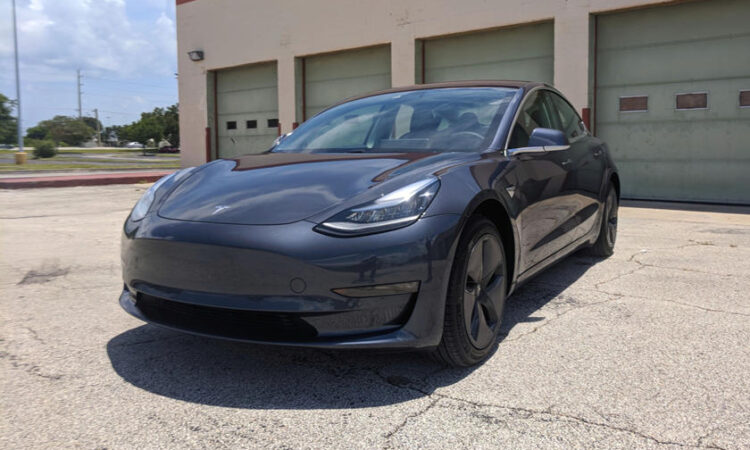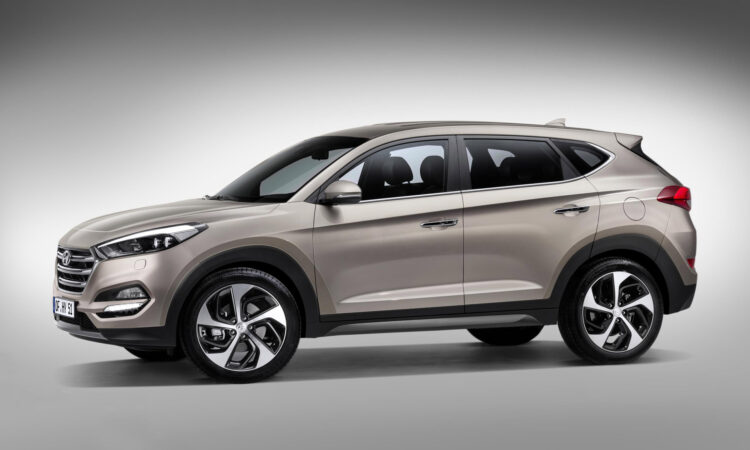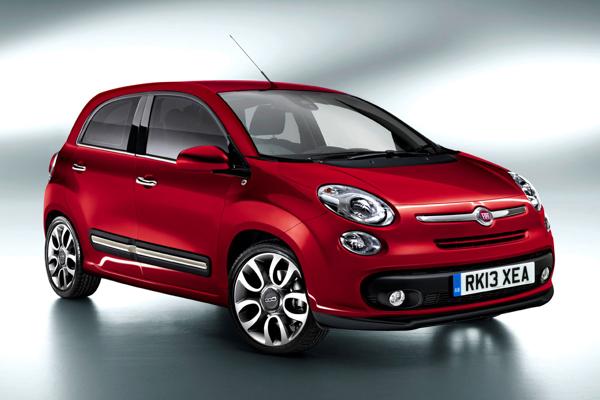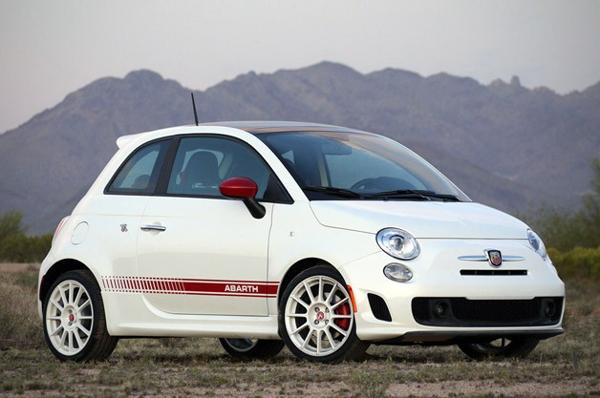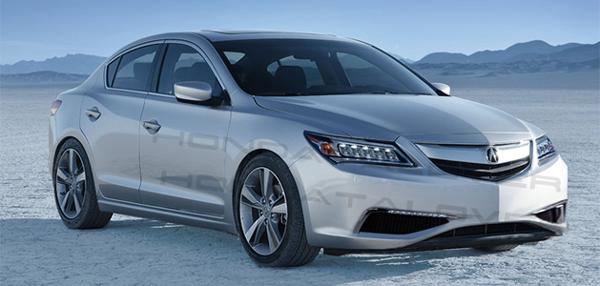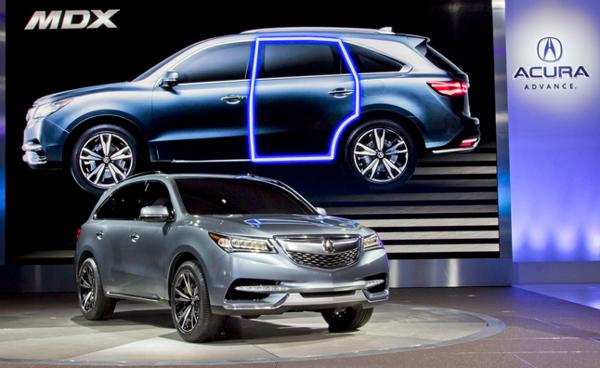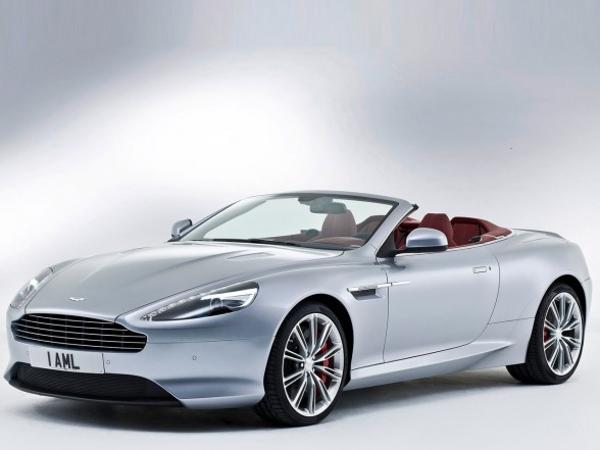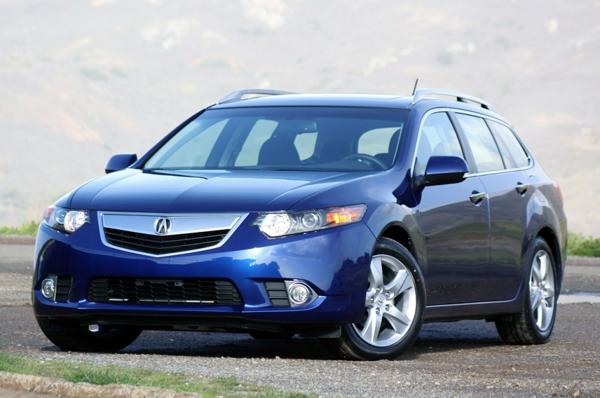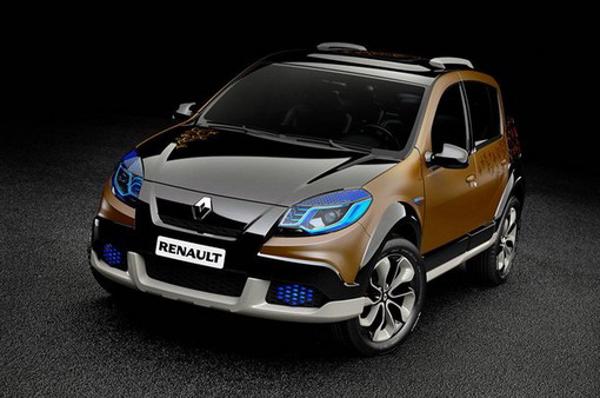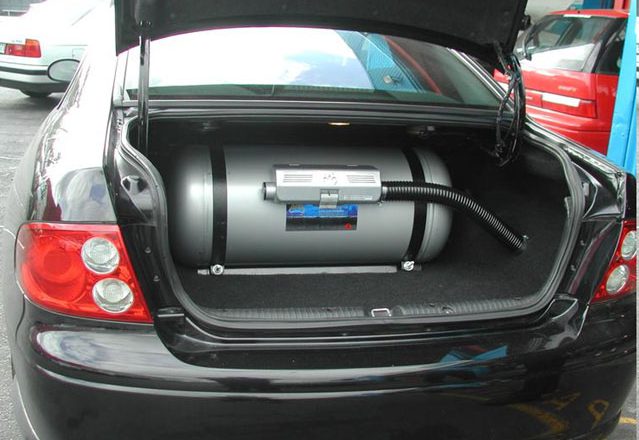
The use of LPG installations in cars has become a viable option for drivers seeking economic benefits without compromising performance. In Poland, alongside countries like Turkey, Italy, and South Korea, a surge in autogas consumption has positioned it among the largest consumers globally. The allure of substantial savings, where gas is approximately 50–60% cheaper than gasoline, has led to increased interest in LPG installations. This blog post aims to provide comprehensive insights for drivers considering the installation of LPG systems in their vehicles. From the economic advantages to the technical considerations, this guide will address key questions and concerns associated with embracing autogas technology.
Can every car have an LPG installation?
Installing an LPG (liquefied petroleum gas) system in cars is a feasible option for a wide range of vehicle models. The key factor determining suitability is the type of installation and its proper assembly. While there is technically no car model in which LPG installation is entirely impossible, the complexity and cost of the process may vary significantly based on the specific vehicle. Here are some key considerations:
- Universal Feasibility: Essentially, any car can be adapted for LPG use, given the appropriate type of LPG installation and its correct assembly.
- Economic Viability: Despite the broad compatibility, it’s crucial to emphasize that some cars may require intricate and hence expensive LPG installations. In such cases, the overall cost of converting the car to gas might outweigh the potential economic benefits. Therefore, potential LPG adopters should conduct a thorough economic analysis before deciding to proceed with the conversion.
- Informed Decision-Making: The decision to install an LPG system should begin with a comprehensive understanding of the subject, considering the specific make and model of the car. Evaluating whether the investment is economically justified for a particular car model becomes paramount.
while the possibility of LPG installation exists for virtually all cars, potential adopters must be well-informed and undertake careful economic assessments to ensure the endeavor is both technically feasible and economically viable for their specific vehicle.
Which Cars Are Suitable for LPG?
When considering the suitability of cars for LPG installations, several factors come into play, influencing the effectiveness and cost of the installation process. Here’s a breakdown of the key points:

- Performance Across Makes:
- LPG installations work exceptionally well with structurally simple and robust drive units.
- European models, especially those from the PSA Groupe, such as Peugeot 206, 207, 307, 407, and Citroen C3, C4, are known for seamless compatibility.
- However, the situation is different for Japanese cars like Honda, Mazda, Nissan, and Toyota. While LPG installation is possible, it may be more expensive and troublesome, often requiring costly valve adjustments.
- Installation Complexity and Cost:
- The complexity and cost of LPG installations vary across car models.
- Some cars may require intricate and expensive installations, making the conversion economically unjustifiable.
- Prospective LPG users should conduct in-depth research to understand the compatibility of their specific car model before deciding to proceed with the installation.
- Engine Type Influence:
- The type of power supply for the drive unit and the class of the LPG installation itself impact the outcome.
- Engines with indirect gasoline injection and typical gas installations may experience a minimal power drop, usually a few percent. However, with proper assembly and a high-quality installation, this drop is often imperceptible, occurring mainly at the highest engine speeds.
- Varied Power Drop:
- While there might be a slight power decrease, typically a few percent, especially in engines with indirect gasoline injection, there’s no universal rule governing this drop.
- The impact on speed is usually negligible, and under proper conditions, a gas-powered car may only slightly lag behind its gasoline counterpart, making the difference practically imperceptible.
The suitability of cars for LPG installations depends on the structural simplicity of their drive units, compatibility with LPG systems, and the associated costs. While some European models are known for smooth integration, Japanese cars may pose challenges, making it crucial for car owners to thoroughly assess the feasibility and cost-effectiveness before opting for an LPG conversion.
Dual Fuel System: Does a Gas Car Need Gasoline?
In the realm of LPG installations, the question of whether a gas-powered car requires gasoline is a pivotal consideration. Understanding the dual-fuel system sheds light on the mechanics and safety measures involved in the operation of such vehicles.
Gasoline Necessity for Engine Startup:
- In the majority of cases, a gas car necessitates the presence of gasoline to initiate the engine.
- Gasoline ensures a safe and effective start-up process, especially crucial for the reliable functioning of the LPG installation.
- The engine typically starts on gasoline until it reaches an optimum temperature, approximately between 20 to 30 degrees Celsius.
Gasoline Post-Injection Process:
- Gasoline continues to play a role even after the engine has started running on gas.
- The gasoline post-injection process involves the simultaneous operation of both the gas supply system and the gasoline supply system within specific engine speed ranges.
- This process, for instance, might include 5% petrol and 95% gas, providing an extra layer of protection in scenarios where the LPG installation cannot meet the full fuel demand.
Considerations for Safe and Effective Engine Operation:
- Gasoline serves as a crucial element in ensuring the complete safety and effectiveness of the engine’s operation.
- The engine’s ignition system relies on the presence of gasoline, especially during the initial stages of starting on gas.
- The coordinated use of both gasoline and gas guarantees a smooth transition and operation of the dual-fuel system.
Temperature Dependency for Gas Startup:
- Gasoline is particularly important for starting the engine at lower temperatures.
- The engine relies on the combustion of gasoline to generate the necessary heat to warm up the LPG reducer.
- Gas operation only commences when the engine temperature is sufficient, ensuring a safe and reliable transition to LPG.
In essence, the dual-fuel system in gas cars establishes a symbiotic relationship between gasoline and LPG. While gasoline is crucial for engine startup and certain operational scenarios, the overall objective is to maximize the use of LPG for economic and environmental benefits. This nuanced interplay between the two fuels ensures the balanced and efficient operation of gas-powered vehicles.
Impact on Car Performance: Is a Gas Car Weaker?
The impact of LPG (liquefied petroleum gas) installations on car performance is a common concern among drivers considering the switch to autogas. Several factors contribute to the discussion of whether a gas car is weaker compared to its gasoline counterpart.
- Power Decrease: One of the main considerations is the potential decrease in power, typically a few percent, in engines with indirect gasoline injection and traditional gas installations, such as those with sequential gas injection. However, it’s important to note that this power reduction generally occurs at the highest engine speeds and is often practically imperceptible during regular driving conditions.
- Dependency on Installation Type: The extent of power decrease depends on the type of power supply for the drive unit and the class of the LPG installation. A minimal drop in power is more common in engines with indirect gasoline injection and typical gas installations, whereas proper assembly and high-quality installations can minimize this decrease.
- Real-world Impact: In practice, the impact on car performance is often minimal. For instance, instead of reaching the maximum speed achieved on gasoline, a car running on gas might experience a slightly lower top speed. This reduction, such as going from 180 km/h on gasoline to 170 km/h on gas, is usually negligible in day-to-day driving.
- Variability in Power Drop: It’s worth noting that the power drop can vary, and there’s no strict rule governing its occurrence. While some vehicles may experience a slightly greater reduction, others may not witness any noticeable decrease in power. The variation depends on factors such as the type of engine and the quality of the LPG installation.
The impact of LPG on car performance is nuanced and depends on various factors, including the type of engine, the quality of the installation, and the driving conditions. While a minor power decrease may be observed in certain scenarios, the overall effect is often minimal, making the switch to LPG a viable option for many drivers. It’s crucial for consumers to consider these factors and weigh them against the economic benefits of using autogas.
Cost of LPG Installation: Worth the Investment?
Investing in an LPG installation for your car entails various costs, and determining its worth involves careful consideration of several factors.
- Price Range: LPG installation prices can vary significantly, ranging from approximately PLN 1.5 thousand to PLN 7,000. The broad price discrepancy may initially be confusing, but it is essential to avoid extremes when making your selection.
- Mid-Priced Solution: As a general rule, opting for a mid-priced installation often proves to be the most reasonable choice. Gas installations for smaller engines can typically be acquired for around PLN 2,000, while more robust and fully sufficient setups might cost between 2.5 to 3 thousand PLN.
- Consideration of Engine Type: Installation costs can also be influenced by the type of engine, especially in the case of direct gasoline injection engines. For such engines, you may need to budget around PLN 3.5–4.5 thousand. However, choosing the most expensive option might not always be necessary.
- Quality Matters: It’s crucial not to compromise on quality to cut costs. Cheaper LPG installations, priced between PLN 1.2–1.5 thousand, may use subpar components, leading to potential safety concerns and reliability issues. Opting for a reputable and reasonably priced installation ensures safe, trouble-free, and economical driving.
- Economic Calculations: The decision to invest in an LPG installation should involve a thorough economic evaluation. While a car running on gas consumes 15–25% more fuel, the significant cost difference between gas and gasoline often results in substantial savings. For those using their cars primarily for commuting, the investment can pay off within a reasonable timeframe, typically a dozen or so months.
- Savings Potential: On average, gas prices are 50–60% cheaper than gasoline, contributing to substantial potential savings. While the actual savings may vary based on driving conditions, the greater the fuel consumption and distance traveled, the more significant the financial benefits of using autogas.
The cost of an LPG installation is a critical aspect of the decision-making process. Striking a balance between upfront costs, installation quality, and long-term savings is key to ensuring that the investment in autogas is economically justified and offers tangible benefits over time. Careful consideration, coupled with a mid-priced, reliable installation, often proves to be the most prudent choice for cost-conscious consumers.
Savings and Efficiency of Driving on Gas
Switching to LPG (liquefied petroleum gas) as a fuel source for your car can offer substantial savings and improved efficiency, making it an attractive option for many drivers. Below are key aspects related to the economic benefits and efficiency considerations when driving on gas:
- Fuel Cost Comparison:
- LPG is approximately 50–60% cheaper than gasoline, making it a cost-effective alternative for budget-conscious drivers.
- Despite a 15–25% higher consumption of gas compared to gasoline, the lower cost per unit offsets the increased consumption, resulting in significant savings.
- Factors Influencing Savings:
- The magnitude of savings depends on the car’s fuel consumption and the distance it travels.
- While the cost advantage is evident, savings might be slightly lower in urban driving conditions and during colder months when engines rely more on gasoline.
- Driving Efficiency:
- LPG installations maintain driving efficiency by seamlessly switching between gas and gasoline, optimizing fuel usage.
- Gasoline is initially used for engine start-up until the system reaches the necessary temperature, after which the engine smoothly transitions to running on gas.
- Real-world Impact:
- The actual performance impact on a gas-powered car is generally minimal and often imperceptible during regular driving conditions.
- Some engines may experience a slight decrease in power, usually noticeable only at the highest speeds, with variations in maximum speed typically within a few kilometers per hour.
- Economic Considerations:
- The decision to invest in an LPG system should be based on comprehensive economic calculations, factoring in the initial installation cost, fuel savings, and the frequency of use.
- The greater the car’s fuel consumption and distance traveled, the more substantial the savings, making it particularly beneficial for high-mileage drivers.
Driving on gas provides a compelling economic advantage due to the significantly lower cost of LPG compared to gasoline. The efficiency of LPG installations, coupled with the ability to seamlessly switch between gas and gasoline, ensures a smooth driving experience with minimal impact on performance. Understanding the various factors influencing savings and efficiency is crucial for drivers considering the transition to LPG to make informed decisions about the economic benefits of this alternative fuel source.
Pre-installation Considerations and Inspections
Before embarking on the installation of an LPG system in your car, it’s crucial to conduct thorough pre-installation considerations and inspections to ensure a smooth and economically justified process.
- Special Inspections for LPG System Installation:
- While there isn’t a top-down obligation for a specific pre-installation inspection, a distinction must be made based on the age of the vehicle.
- Newer cars or those with just a few years of use generally require adherence to standard periodic inspections and regular oil changes.
- Older cars, especially those several decades old, necessitate a more in-depth examination of the engine’s technical condition before LPG system installation.
- An examination becomes imperative, checking for issues like worn cylinders, piston rings, or excessive oil burning.
- Engine Condition Assessment:
- The key factor influencing the possibility of LPG system installation is the condition of the engine.
- In older vehicles, even if the engine is functional, it’s advisable to replace high-voltage cables and spark plugs. Valve adjustment may also be necessary, particularly if the car lacks hydraulic valve clearance adjustment.
- The engine’s ignition system should be in optimal condition due to the potentially more demanding nature of the gas combustion process compared to gasoline.
- Frequency of Inspections and Replacements:
- Opinions may vary among gas engineers regarding the frequency of LPG system inspections.
- Some recommend inspections every 10-15 thousand kilometers, while others consider a range of 20-25 thousand kilometers more appropriate.
- Regardless of the frequency, periodic inspections are crucial due to wear on the gas filter or the possibility of leaks.
- Additionally, injectors may need checking every 50-60 thousand kilometers, and replacing the reducer and injector rail could be necessary every 100-150 thousand kilometers, incurring additional costs.
- Legal and Safety Considerations:
- While there isn’t a mandated pre-installation inspection, certain legal and safety considerations must be taken into account.
- Gas cylinders have a predetermined service life of 10 years as per legal regulations. While they can last technically longer, extending their validity is often cost-prohibitive.
- Other components like injectors and reducers should last at least 100,000 kilometers, provided they are of good quality.
- Engine Operation and Installation Precision:
- Incorrectly installed LPG systems pose risks, and errors at various stages can lead to serious consequences such as stalling, overheating, or engine misfires.
- Common errors include using poor-quality rubber hoses, drilling the intake manifold without proper disassembly, and inaccurate tuning during auto-calibration.
- The precision and correctness of the installation process are critical, emphasizing that mechanics should dedicate sufficient time to ensure proper assembly.
Before committing to an LPG system installation, a detailed assessment of the vehicle’s condition, adherence to legal regulations, and meticulous precision during installation are imperative for a successful and trouble-free experience.
LPG Installation Components: Maintenance and Lifespan
The components of an LPG installation play a crucial role in ensuring the system’s efficiency and safety. Proper maintenance and understanding the lifespan of these components are essential for a hassle-free experience with an LPG-powered vehicle.
- Lifespan of Gas Cylinders and Main Components:
Gas cylinders, a central part of the LPG installation, have a technical lifespan that can extend for several years. However, legal regulations typically limit their service life to around 10 years. Although the cylinders could last longer from a technical standpoint, extending their validity might not be cost-effective due to associated expenses. Key components such as injectors and reducers are expected to last at least 100,000 kilometers, and with good quality and long journeys, they may endure up to 200,000 kilometers. Electronic components, if of high quality, should ideally function until the end of the vehicle’s life. - Frequency of Inspections and Replacements:
LPG installations require regular inspections to ensure their proper functioning and identify potential issues. Opinions on inspection frequency may vary, with some suggesting checks every 10–15 thousand kilometers and others recommending a range of 20–25 thousand kilometers. Periodic inspections are crucial for the gas filter and detecting leaks. Additionally, injectors should be checked approximately every 50–60 thousand kilometers, while the reducer and injector rail may need replacement around 100–150 thousand kilometers. Adhering to these maintenance schedules can prevent major malfunctions and ensure the longevity of the LPG system. - Legal Regulations and Safety Considerations:
From a legal standpoint, gas cylinders have a predefined service life of 10 years. While there are provisions for extending their validity, the associated costs often make purchasing new cylinders a more practical option. Safety is paramount, and regular inspections, especially during the mandatory annual technical inspection, help ensure the integrity of the entire LPG system. Adherence to legal regulations and safety standards, including the quality tests conducted by Transport Technical Supervision in Poland, guarantees that the LPG installation remains compliant and secure. - Warranty Considerations:
When investing in an LPG installation, understanding the warranty terms is crucial. Manufacturers often provide warranties for their components, and consumers should carefully review the scope and duration of these warranties. This step ensures that any potential issues arising from manufacturing defects or premature component failures are covered, offering peace of mind to the vehicle owner. It is advisable to choose reputable manufacturers and workshops that provide transparent warranty information.
The maintenance and lifespan considerations for LPG installation components underscore the importance of regular inspections, adherence to legal regulations, and understanding warranty terms. Vehicle owners can optimize the performance and safety of their LPG-powered cars by staying informed about the lifecycle of crucial components and investing in quality maintenance practices.
Potential Risks: Incorrect Installations
When it comes to LPG installations in cars, the potential risks associated with incorrect installations should not be underestimated. A precise and careful installation process is crucial for the proper functioning and safety of the gas system. The following points outline the potential risks involved:
- Common Errors During Installation:
- Poor-Quality Components: The use of substandard or cheap components, such as rubber hoses, injectors, or reducers, is a common mistake. These components may be prone to failure, compromising the reliability of the entire system.
- Inaccurate Tuning: Hasty or superficial tuning of the installation, especially during the auto-calibration mode, can lead to performance issues. Proper tuning is essential to ensuring seamless integration with the vehicle’s engine.
- Consequences of Poor-Quality Installations:
- Engine Stalling: Small errors or deficiencies can result in unexpected stalling of the engine. This can pose safety concerns and inconveniences for the driver.
- Overheating: Incorrect installations may contribute to the overheating of the drive unit. Overheating can lead to long-term damage and reduce the lifespan of the engine.
- Leakage: Suboptimal installations may lead to coolant system leakage or even gas leaks. This compromises the overall safety of the vehicle and increases the risk of engine fires.
- Importance of Precise Installation:
- Time Investment: Installing an LPG system requires meticulous attention to detail. Rushed installations, taking less than the recommended time, often result in errors. Mechanics should allocate sufficient time to ensure a precise and accurate installation.
- Expertise Matters: The competence of the installer is paramount. Inexperienced or inadequately trained mechanics may overlook critical steps, leading to faulty installations. Choosing a certified workshop with expertise in LPG installations is essential.
- Long-Term Impact on the Drive Unit:
- Engine Damage: Failure to address installation errors promptly can result in long-term damage to the drive unit. Ignoring issues such as gas leakage or improper combustion may lead to costly repairs or even engine replacement.
- Safety Risks: The continued operation of a vehicle with an incorrectly installed LPG system poses safety risks to both the driver and passengers. Timely detection and correction of installation errors are imperative for safe and trouble-free driving.
It is crucial for car owners considering LPG installations to prioritize the selection of reputable workshops and experienced professionals. Investing in a proper installation process not only ensures optimal performance but also mitigates potential risks associated with substandard installations. Regular inspections and prompt resolution of any issues are essential to maintaining the safety and reliability of a gas-powered vehicle.
DIY vs. Buying a Car with LPG
When contemplating the decision between converting a gasoline car to LPG (Do It Yourself, DIY) and purchasing a vehicle already equipped with an LPG system, several factors come into play. Each option has its advantages and disadvantages, impacting both financial considerations and the overall ownership experience.
Considerations when Buying a Car with LPG:
- Cost Savings Illusion: While it may seem tempting to purchase a car with an existing LPG installation, potential buyers must be cautious. Cars that have been running on gas for an extended period might have experienced cost-cutting measures in terms of maintenance, potentially leading to a compromised technical condition.
- Validity of the Gas Cylinder: Pay attention to the validity of the gas cylinder. If it’s approaching the end of its 10-year service life, the current owner might have installed the LPG system to mask other underlying issues with the vehicle. A thorough inspection is crucial to ensuring the overall health of the car.
- Technical Condition: Gas-powered cars might be in a different technical condition compared to their gasoline counterparts. It’s essential to assess the maintenance history, especially if the car has been solely running on LPG, to anticipate potential future expenses.
Advantages of Converting a Gasoline Car to LPG (DIY):
- Better Control over Components: Opting for a DIY conversion provides better control over the quality of components used in the LPG installation. This ensures that reliable and reputable parts are chosen, potentially resulting in a more robust and efficient system.
- Customization Options: DIY conversions allow for customization based on the specific needs and preferences of the driver. This flexibility ensures that the LPG system integrates seamlessly with the car’s existing components, optimizing performance and efficiency.
- Quality of Installation: A DIY approach, if undertaken with care and precision, allows for meticulous installation, reducing the likelihood of common errors. Taking the time for accurate installation can mitigate potential issues and contribute to the overall safety and reliability of the system.
Considerations for Decision-Making:
- Long-Term Maintenance: Assess the long-term maintenance costs associated with each option. While buying a car with an existing LPG system may provide immediate savings, the potential for higher maintenance costs over time should be factored in.
- Warranty and Legal Compliance: Ensure that the chosen option adheres to legal regulations. DIY conversions should comply with safety standards and legal requirements. Additionally, buyers should carefully review the warranty terms for both pre-installed systems and DIY installations.
- Personal Preferences: Consider personal preferences and comfort levels with handling DIY projects. While a DIY conversion provides customization options, it requires a certain level of technical knowledge and expertise. Buyers should weigh their comfort with such tasks against the benefits of a pre-installed system.
The decision between a DIY conversion and buying a car with an existing LPG system depends on individual circumstances and priorities. Thorough research, inspections, and an understanding of the long-term implications are crucial for making an informed choice that aligns with both financial considerations and the desired ownership experience.
Legality and Transferability of LPG Installations
In the realm of LPG installations, it’s crucial to navigate the legal landscape and understand the transferability of these systems between vehicles.
- Legal Restrictions on Used Components:
Installing previously used LPG system components in a different car is generally prohibited by Polish regulations. This restriction is in place to ensure the safety and reliability of LPG installations, preventing potential risks associated with the use of components that may have undergone wear and tear. - Challenges and Risks of Purchasing Used Installations:
Despite the tempting prices and abundance of offers, investing in a used gas installation can pose significant challenges. Legal constraints aside, the potential for subsequent legalization problems makes it less attractive. Due to the predetermined service life of LPG cylinders (usually 10 years), extending their validity might incur high costs, often making it more practical to purchase a new cylinder. - Adherence to Regulations for Seamless Legalization:
Adhering to regulations is paramount for a seamless LPG installation legalization process. While tempting offers may arise for used components, potential issues related to safety, regulatory compliance, and transferability make it a less advisable choice. To ensure a trouble-free experience, it’s recommended to invest in new and legally compliant LPG components. - Considerations for Legal and Safe Usage:
Ensuring the legality of LPG installations not only safeguards against legal issues but also contributes to the overall safety of using gas as a car fuel. Adherence to regulations in Poland, including mandatory quality tests conducted by the Transport Technical Supervision, underscores the commitment to safe and compliant usage. - Conclusion:
In conclusion, navigating the legal and transferability aspects of LPG installations involves a careful consideration of regulations, potential risks, and the overall safety of the system. While used components may seem economically attractive, the associated challenges and legal restrictions make investing in new and compliant installations a more prudent choice for a trouble-free and legally sound experience.
Safety of Using Gas as a Car Fuel
As drivers consider the transition to LPG as a fuel source for their vehicles, safety considerations play a crucial role in the decision-making process. Gas, in comparison to gasoline, offers several safety advantages, making it a viable and secure option for powering cars. The following aspects highlight the safety features associated with using LPG as a car fuel:
- Durability of LPG Cylinders: LPG cylinders, into which the fuel is refueled, are notably more durable than traditional gasoline tanks. Even in the event of a robust collision, these cylinders remain intact, providing a higher level of safety in potential accident scenarios.
- Special Safety Valves: LPG cylinders are equipped with special safety valves, which prevent gas leakage in the case of damage to the lines transporting liquid gas during engine operation. This feature ensures that even under challenging conditions, the risk of gas leakage is minimized.
- Validity Period of Cylinders: LPG cylinders have a predetermined service life of 10 years, according to legal regulations. Although they may technically last longer, the mandatory 10-year validity period ensures regular safety checks and replacements if needed. This systematic approach contributes to the overall safety of LPG systems.
- Low Risk of Explosion: LPG tanks are less susceptible to explosion risks compared to traditional gasoline tanks. In the event of a car fire, safety valves activate, releasing a controlled portion of gas to stabilize pressure and prevent further fuel leakage. Even if a tank is shot through, tests have shown that the resulting hole quickly plugs, minimizing the risk of further gas leakage.
- Quality Tests and Regulations: In Poland, unlike many other European countries, LPG tanks installed in cars undergo mandatory quality tests conducted by the Transport Technical Supervision. These additional checks, along with manufacturer tests, contribute to the overall safety and reliability of LPG systems.
While no fuel source is entirely risk-free, the safety features and regulations surrounding LPG installations provide drivers with confidence in choosing gas as a secure alternative to traditional gasoline. These aspects, combined with rigorous testing and safety measures, make LPG a viable and safe option for environmentally conscious drivers.
Disadvantages of LPG Installations
While LPG installations in cars offer numerous advantages, it’s essential to consider potential drawbacks before deciding to convert a vehicle to autogas. These disadvantages include:
- Time for Investment Payoff:
- The purchase and installation of an LPG system, like any investment, require time to become cost-effective.
- If the car is used infrequently, it might take several years for the cost savings to offset the initial investment.
- Higher Technical Inspection Costs:
- Cars equipped with LPG installations, like gasoline-powered ones, undergo annual technical inspections.
- Gas drivers typically pay about half as much for inspections compared to traditional cars. However, there are still additional costs involved.
- Insurance Premium Considerations:
- Owners of gas cars often face slightly higher third-party liability and comprehensive insurance premiums.
- Insurers may assume that LPG car owners drive more frequently, leading to increased perceived risk.
- Trunk Space Reduction:
- The installation of an LPG system usually involves placing the gas cylinder in the trunk.
- This significantly reduces available trunk space, impacting the convenience of transporting items.
- Refueling Frequency and Travel Challenges:
- Gas cylinders have a relatively small capacity, requiring more frequent refueling compared to gasoline tanks.
- The car also consumes 15–25% more gas than gasoline, posing challenges during long-distance travel, especially in regions with fewer LPG stations.
- Parking Restrictions:
- Some underground parking facilities may have restrictions on parking LPG-equipped cars.
- While not officially prohibited by Polish regulations, signs restricting LPG cars in certain parking lots are becoming more common.
Considering these disadvantages is crucial for potential LPG system adopters, as it provides a comprehensive understanding of the trade-offs involved in the decision to convert a car to autogas.
Trunk Space and Installation Location:
When opting for an LPG installation, one must consider its impact on the available trunk space. The gas cylinder can either be installed in the trunk or in the spare tire area. Both options come with trade-offs—installing it in the trunk significantly reduces storage space, while placing it in the spare tire area makes carrying a spare wheel impractical.
- Trunk Installation: Reduces available storage space.
- Spare Tire Area Installation: Compromises the convenience of carrying a spare wheel.
Refueling Frequency and Travel Challenges:
The need for more frequent refueling is a notable inconvenience associated with LPG-powered vehicles. The relatively small capacity of the gas cylinder, combined with higher gas consumption compared to gasoline, means drivers may need to refuel more often. This can become particularly challenging during travel, especially in regions with limited LPG stations, such as Spain or Scandinavia.
- Frequent Refueling: Due to the smaller gas cylinder capacity.
- Travel Challenges: Scarce availability of LPG stations in certain regions.
Parking Restrictions:
While there is no official prohibition on parking LPG cars in underground lots according to Polish regulations, some parking facilities, especially those under malls, residential areas, or office buildings, may impose restrictions. Warning signs restricting LPG vehicles from certain underground parking lots are increasingly common, potentially limiting the convenience of parking options.
- Parking Restrictions: Varying policies on LPG vehicle entry to underground parking.
- Prohibition signs are becoming increasingly common, impacting parking choices.
Other Inconveniences:
Several other inconveniences come with LPG installations, including the need for slightly higher insurance premiums. Insurers often assume higher risks for gas cars, leading to increased third-party liability and comprehensive insurance costs. Additionally, cars with LPG installations must undergo annual technical inspections, although the cost is usually about half of what owners of traditional gasoline cars pay.
- Insurance premiums are slightly higher due to perceived increased risks.
- Technical inspections are required annually, with reduced costs compared to gasoline cars.
Overall Considerations:
While LPG installations offer significant economic benefits over time, potential inconveniences such as reduced trunk space, more frequent refueling, parking restrictions, and increased insurance costs should be carefully weighed. For those who prioritize long-term savings and are willing to adapt to these considerations, the overall benefits of LPG installations may still outweigh the inconveniences.
- Balancing Pros and Cons: Weighing economic benefits against inconveniences.
- Long-Term Savings: Prioritizing potential cost savings over immediate inconveniences.
Pre-Installation Steps and Recommendations
Before diving into the installation process of an LPG system in your car, it’s essential to undertake several crucial pre-installation steps and follow expert recommendations to ensure a smooth and efficient transition.
- Profitability Analysis:
- Begin by carefully analyzing whether installing an LPG system aligns with your financial goals and driving patterns.
- Consider factors such as your car’s mileage, fuel consumption, and frequency of use to estimate the potential return on investment.
- Choosing a Certified Workshop:
- Select a certified workshop with a specialization in LPG installations.
- Verify the workshop’s expertise and experience in handling diverse car models to ensure a professional installation.
- Determining Gas Tank Location:
- Discuss with your mechanic the optimal location for placing the gas tank.
- Consider factors like available space, weight distribution, and impact on the car’s overall performance.
- Expert Consultations:
- Seek advice from LPG system experts to understand the best installation options for your specific car model.
- Discuss the compatibility of different components and how they integrate with your vehicle’s existing features.
- Installation Component Source:
- Inquire about the source of the LPG installations used by the workshop.
- Choose between complete installations from reputable manufacturers or custom-built ones, ensuring the selected components adhere to industry standards.
- Warranty Considerations:
- Carefully review the scope and terms of the warranty provided for the LPG installation.
- Understand the coverage duration and conditions to address any potential issues that may arise post-installation.
- DIY vs. Professional Installation:
- Evaluate whether you want to undertake the installation yourself or rely on professional services.
- Acknowledge the complexities involved in a precise installation and the potential risks associated with incorrect installations.
- Legality and Regulations:
- Familiarize yourself with local regulations regarding LPG installations.
- Ensure that your chosen workshop follows legal guidelines and that the installation will comply with safety standards.
- Safety Precautions:
- Prioritize safety by discussing safety features and precautions with the installation team.
- Understand the emergency protocols and mechanisms in place to address any unforeseen issues during operation.
- Component Quality:
- Emphasize the importance of using high-quality components in the installation.
- Avoid the temptation to cut costs by opting for cheaper, questionable elements that may compromise safety and performance.
By meticulously following these pre-installation steps and recommendations, you can lay the foundation for a successful LPG system integration, maximizing both safety and cost-effectiveness.
Conclusion
In conclusion, opting for an LPG installation in your car presents a promising avenue for cost-effective and environmentally friendly driving. As we’ve explored throughout this comprehensive guide, the decision to transition to autogas comes with numerous considerations, and a well-informed approach is crucial to ensure a successful and beneficial experience. Let’s recap the key takeaways:
- Economic Benefits: The potential for significant savings on fuel costs, despite the initial investment, is a compelling reason for many drivers to consider LPG installations. Careful calculations based on your specific usage patterns and preferences will help determine the financial viability of this transition.
- Car Compatibility: While LPG installations can be adapted to almost any car model, understanding the nuances of the process, especially in relation to the make and model of your vehicle, is essential. Detailed knowledge and expert advice can help you make an informed decision, ensuring the process is both technically feasible and economically justified.
- Performance Considerations: Concerns about a potential drop in engine performance are addressed through an examination of the specific factors influencing power reduction. While some minimal impact may be observed, particularly at higher speeds, advancements in installation technology have mitigated these effects, making them almost imperceptible in many cases.
- Cost Evaluation: The cost of LPG installations varies widely, and a balanced approach is advised. Opting for a mid-priced installation that aligns with your vehicle’s requirements and usage patterns is often the most prudent choice. Striking a balance between quality and cost will contribute to the long-term efficiency and reliability of the LPG system.
- Safety and Legal Compliance: Our exploration of the safety aspects of LPG emphasizes its favorable characteristics compared to gasoline. With proper installation and adherence to safety regulations, LPG systems offer a secure and reliable alternative. Understanding the legal landscape, including restrictions on used components, is crucial to ensure a seamless and compliant transition.
- Disadvantages and Challenges: While LPG installations bring numerous benefits, it’s important to acknowledge the challenges, including the time required for the investment to pay off, potential increases in insurance premiums, and constraints on trunk space. Awareness of these factors allows for realistic expectations and proactive planning.
- Pre-Installation Steps: Before embarking on an LPG installation journey, careful analysis of your driving habits, consultations with certified professionals, and considerations of installation components are paramount. Choosing reputable workshops and understanding the specific needs of your vehicle will contribute to a successful and trouble-free experience.
In essence, embracing LPG installations involves a thoughtful and informed decision-making process. By weighing the advantages against the challenges, understanding your vehicle’s compatibility, and adhering to safety and legal considerations, you can maximize the benefits of this eco-friendly and cost-efficient alternative fuel source. As you embark on this journey, remember that a well-chosen and expertly installed LPG system can offer a satisfying and economical driving experience for years to come.

